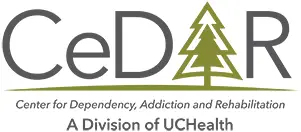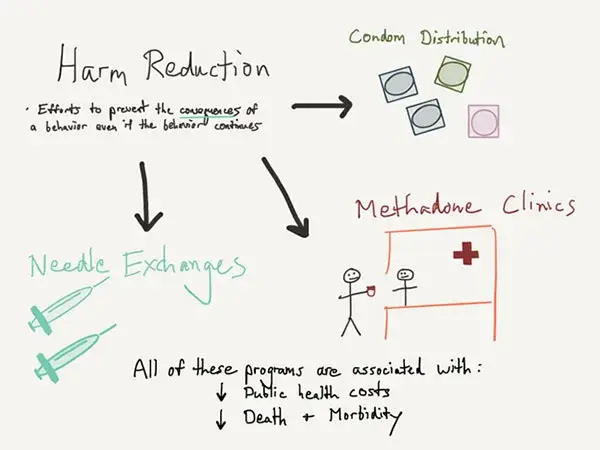MINDFULNESS
Kids like to make sandcastles. The nature of building something with your own two hands is very satisfying. This act of mastery is important for psychological development and necessary for building self-esteem. The kid learns about the texture of the sand, often emulates a home or castle seen before, and effectively uses tools or their hands. The child might show off the final product to a parent or sibling, soaking in the pride as well as the sun.
One of the interesting patterns you will find with children in this form of building is the inevitable act of tearing the sandcastle down. This is part of the cycle, in that it demonstrates a supreme mastery of the object itself – “I built this, I can destroy it!” The larger psychological principle at play in this depiction is that of object permanence. First studied by the Swiss psychologist, Jean Piaget, it is the understanding of something existing even while out of sight. The play of ‘peek-a-boo’ thrills the child and delves into the reality of something versus nothing.
Connecting this back to the sandcastle, one of the struggles the child experiences is the understanding that the built sandcastle will not last forever. It will get washed in with the tide, stamped over by other kids, or blown away. The masterpiece is inherently fragile. This leads us to the all-too-common treatment topic of sabotage.
Internal Anxiety
There are countless life circumstances which trigger our anxiety. One of the common threads for anxiety involves the fear of loss. One could argue that the majority of our decisions in life are somehow connected to the temporary nature of life and impending loss. Lost relationships, lost lives, lost jobs, lost money, lost love. Enduring the losses of life is constantly painful and we can get sensitized to this pain, such that it may be more tactful to avoid the pain altogether. Herein lies some of the potential problems with substance use and maladaptive coping. Avoiding the pain connected to fear of loss is a human trait, but there are healthy and not-so-healthy ways to cope.
One of the ways to calm internal anxiety, which can be seen as healthy at times and unhealthy at others, is through demonstrating control. By harnessing control of the system, things become more predictable and seemingly manageable. Healthy examples of harnessing control include such things as:
- Planning
- Structuring your day
- Learning
Unhealthy examples of harnessing control include:
- Obsessing / Worrying
- Displacing control (i.e. Eating Disorder behavior)
- Dominance over others
- Dissociating / Checking out completely
By tearing down the sandcastle, the child harnesses the control through the dominance of his or her handiwork. This softens the internal anxiety of the impending tide.
Self-Sabotage
We have many patients who seem to sabotage things they are building. They will often just make the statement of “I self-sabotage” and are unable to delve deeper into the psychological pattern. For this instance, the sandcastle dilemma is a great metaphor to piece apart what is happening. Examples of such sabotage include breaking up with a love relationship that’s going quite well, relapsing on substances right before graduating a recovery path, or struggling with school or work environments. In each of these situations, the person is experiencing greater and greater anxiety which becomes unmanageable. Through the sabotage, the person actually feels much better, but now has to pick up the pieces of life rebuilding.
Repeated self-sabotage can lead to low morale and loss of confidence in yourself. It also leads to loss of confidence from an external system like a family. The other people are doubtful that you’re able to succeed and only partially commit through their words of encouragement. This is especially common in addiction recovery, as the family members become so skeptical of you actually healing. They don’t want to be let down one more time and hence take an avoidant position. Ironically, those family members are now coping poorly through ‘checking-out.’
Validating Internal Anxiety
Pain sucks. There is no simpler way of describing it. That pain could be physical, or in this discussion, emotional. By validating that there really is nothing to like about pain, we at least have a neutral position from which to build. Resiliency is an emotional trait by which the person feels a sense of emotional durability. This person is able to tolerate some degree of anxiety and emotional pain through healthy coping. This also is a practiced phenomenon, as many healthy people will experience anxiety and pain in small amounts every day and seem to cope quite well.
Active self-care also has been shown to improve resiliency. Examples of such active management include:
- Physical paths – Yoga, Kickboxing
- Daily mindfulness practices
- Dietary adjustments involving protein/carbohydrate balance
- Seeking validation from others about pain and anxiety being normal
- Identifying future plans
Through some of these practices, resiliency improves.
Your Sandcastle
Long-term recovery is about building. Building a life you care about and also see as vulnerable if you relapse. In this way, you understand you can always make a choice to return to substance use but will lose things you care about as a consequence. Appreciating the anxiety connected to object permanence is very important, as it happens with all of us. Healthy coping around that anxiety will allow you to sit and appreciate your sandcastle, accepting that nothing is permanent after all. Despite this, your sandcastle for today still holds great value and should be acknowledged as such!
Read more CeDAR Education Articles about Mindfulness including Mindful Muscle Relaxation.

